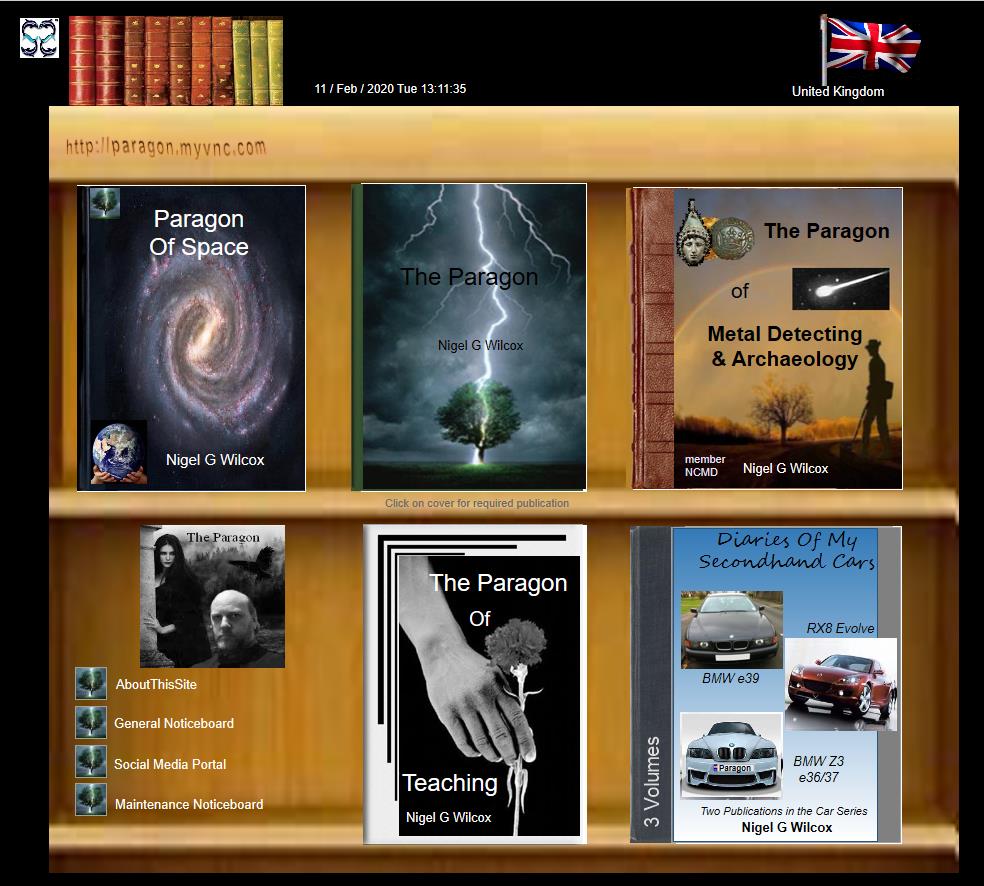






Powered By Sispro1
Properties of Metals - Metallurgy
For Reference ONLY
Everything For The Detectorist
Non-Commercial Reseach Identification - Source Bibliography
Neon
Atomic Number: 10
Symbol: Ne
Atomic Weight: 20.1797
Discovery: Sir William Ramsey, M.W. Travers 1898 (England)
Electron Configuration: [He]2s22p6
Word Origin: Greek neos: new
Isotopes: Natural neon is a mix of three isotopes. Five other unstable isotopes of neon are known.
Properties: The melting point of neon is -248.67 C, boiling point is -246.048 C (1 atm), density of gas is 0.89990 g/l (1 atm, 0 C), density of liquid at b.p. is 1.207 g/cm3, and valence is 0. Neon is very inert, but it does form some compounds, such as with fluorine. The following ions are known: Ne+, (NeAr)+, (NeH)+, (HeNe)+. Neon is known to form an unstable hydrate. Neon plasma glows reddish orange. The discharge of neon is the most intense of the rare gases at ordinary currents and voltages.
Uses: Neon is used to make neon signs. Neon and helium are used to make gas lasers. Neon is used in lightning arrestors, television tubes, high-voltage indicators, and wave meter tubes. Liquid neon is used as a cryogenic refrigerant, as it has over 40 times the refrigerating capacity per unit volume than liquid helium and over three times that of liquid hydrogen.
Sources: Neon is a rare gaseous element. It is present in the atmosphere to the extent of 1 part per 65,000 of air. Neon is obtained by liquefaction of air and separation using fractional distillation.
Element Classification: Inert (Noble) Gas
Density (g/cc): 1.204 (@ -246 C)
Appearance: colorless, odorless, tasteless gas
Atomic Volume (cc/mol): 16.8
Covalent Radius (pm): 71
Specific Heat (@20 C J/g mol): 1.029
Evaporation Heat (kJ/mol): 1.74
Debye Temperature (K): 63.00
Pauling Negativity Number: 0.0
First Ionizing Energy (kJ/mol): 2079.4
Oxidation States: n/a
Lattice Structure: Face-Centered Cubic
Lattice Constant ( ): 4.430
References: Los Alamos National Laboratory (2001), Crescent Chemical Company (2001), Lange's Handbook of Chemistry (1952), CRC Handbook of Chemistry & Physics (18th Ed.)
Atomic Number: 10
Symbol: Ne
Atomic Weight: 20.1797
Discovery: Sir William Ramsey, M.W. Travers 1898 (England)
Electron Configuration: [He]2s22p6
Word Origin: Greek neos: new
Isotopes: Natural neon is a mix of three isotopes. Five other unstable isotopes of neon are known.
Properties: The melting point of neon is -248.67 C, boiling point is -246.048 C (1 atm), density of gas is 0.89990 g/l (1 atm, 0 C), density of liquid at b.p. is 1.207 g/cm3, and valence is 0. Neon is very inert, but it does form some compounds, such as with fluorine. The following ions are known: Ne+, (NeAr)+, (NeH)+, (HeNe)+. Neon is known to form an unstable hydrate. Neon plasma glows reddish orange. The discharge of neon is the most intense of the rare gases at ordinary currents and voltages.
Uses: Neon is used to make neon signs. Neon and helium are used to make gas lasers. Neon is used in lightning arrestors, television tubes, high-voltage indicators, and wave meter tubes. Liquid neon is used as a cryogenic refrigerant, as it has over 40 times the refrigerating capacity per unit volume than liquid helium and over three times that of liquid hydrogen.
Sources: Neon is a rare gaseous element. It is present in the atmosphere to the extent of 1 part per 65,000 of air. Neon is obtained by liquefaction of air and separation using fractional distillation.
Element Classification: Inert (Noble) Gas
Density (g/cc): 1.204 (@ -246 C)
Appearance: colorless, odorless, tasteless gas
Atomic Volume (cc/mol): 16.8
Covalent Radius (pm): 71
Specific Heat (@20 C J/g mol): 1.029
Evaporation Heat (kJ/mol): 1.74
Debye Temperature (K): 63.00
Pauling Negativity Number: 0.0
First Ionizing Energy (kJ/mol): 2079.4
Oxidation States: n/a
Lattice Structure: Face-Centered Cubic
Lattice Constant ( ): 4.430
References: Los Alamos National Laboratory (2001), Crescent Chemical Company (2001), Lange's Handbook of Chemistry (1952), CRC Handbook of Chemistry & Physics (18th Ed.)
Copyright All Rights Reserved by Nigel G Wilcox E-Mail: ngwilcox100@gmail.com
Designed by Nigel G Wilcox
Ref: N10
Elements - Alphabetical:
[A] [B] [C] [D] [E] [F] [G] [H] [I] [J] [K] [L] [M] [N] [O] [P] [Q] [R] [S] [T] [U] [V] [W] [X] [Y] [Z]
In This Group:
The Paragon Of Metal Detecting
& Archaeology
& Archaeology
Pages
Member NCMD
Reference Menu




















